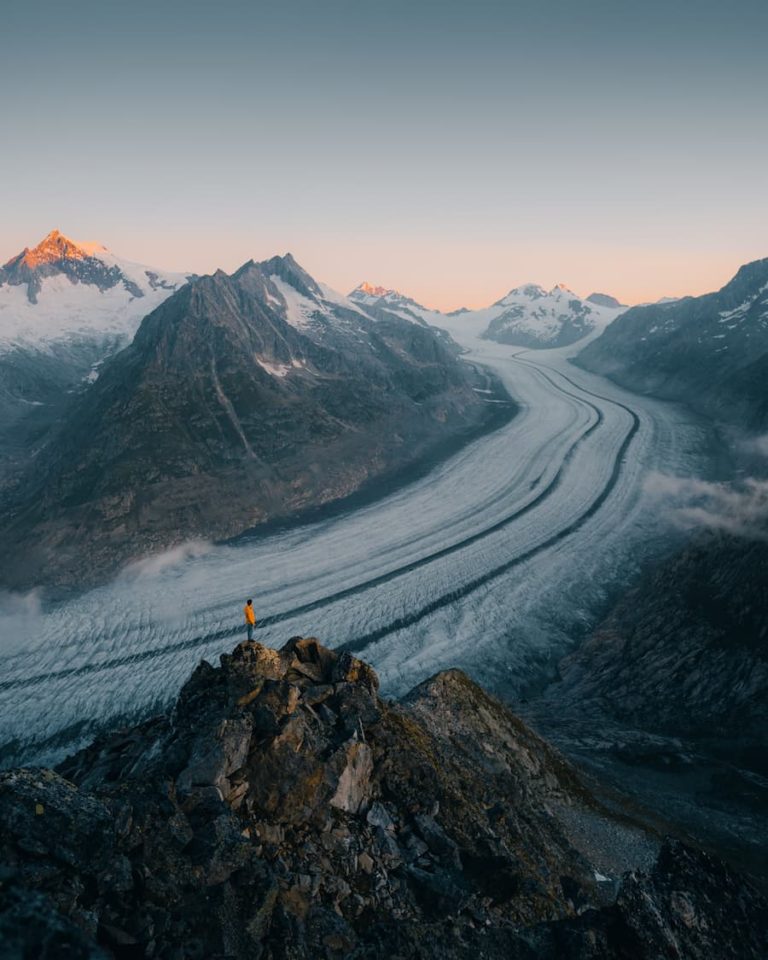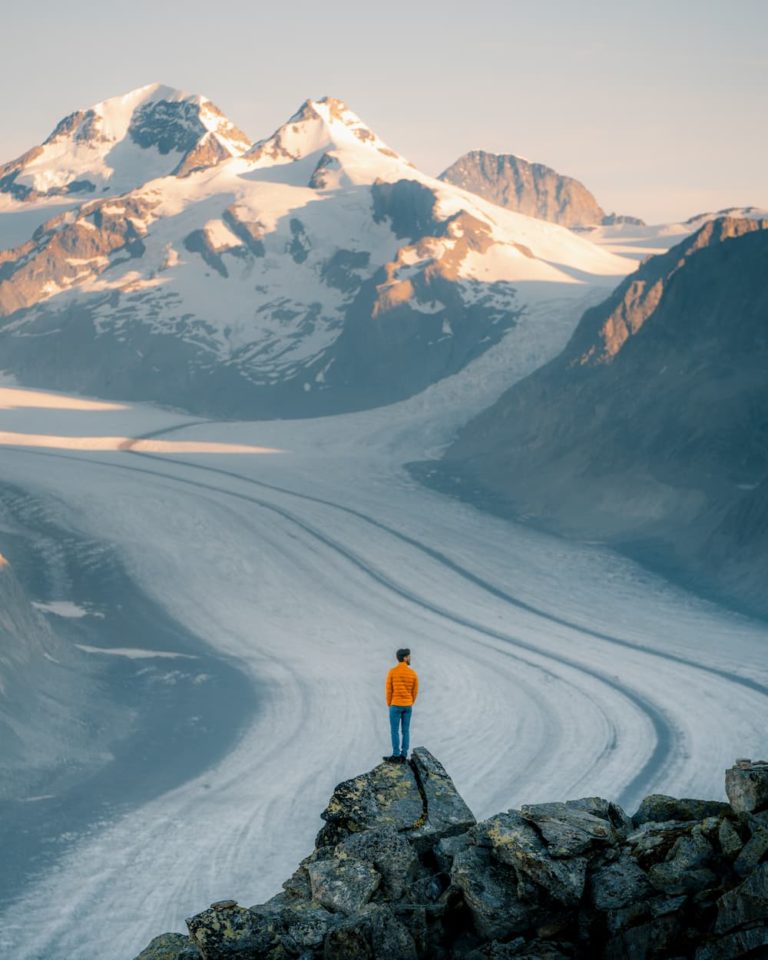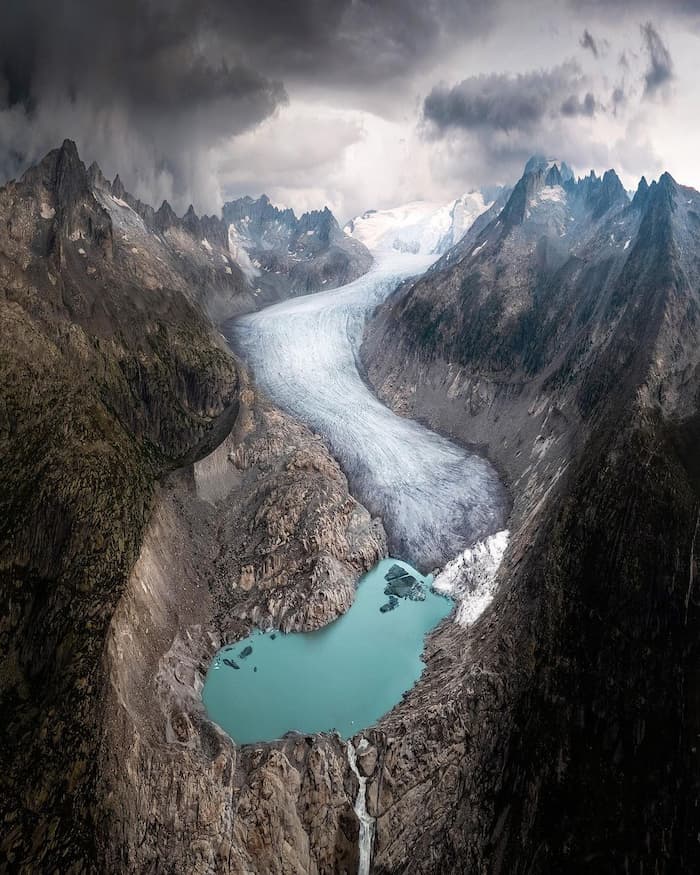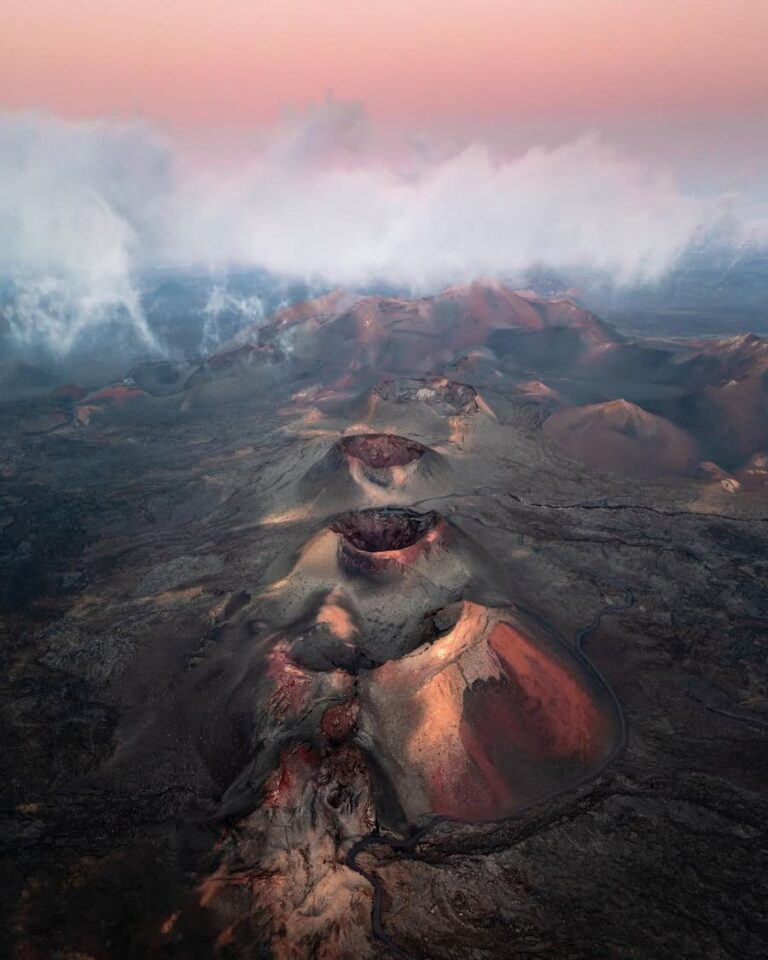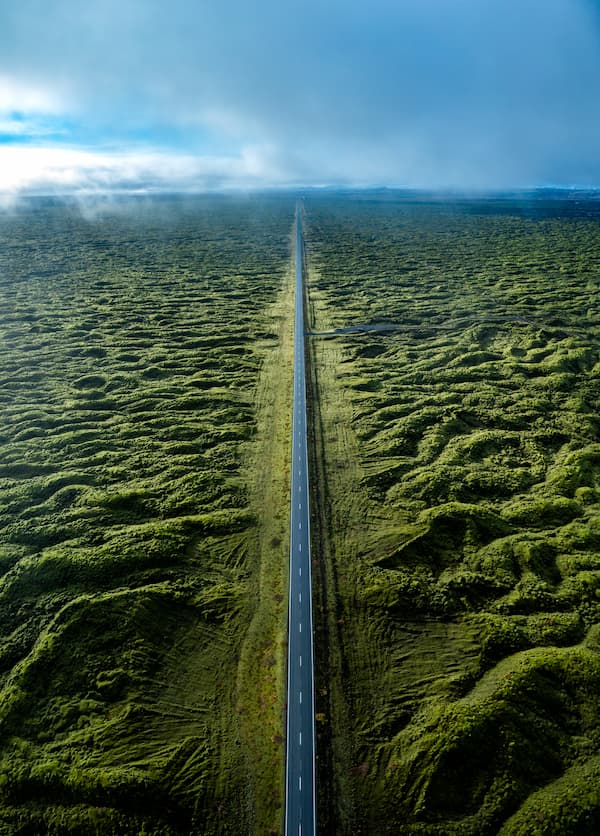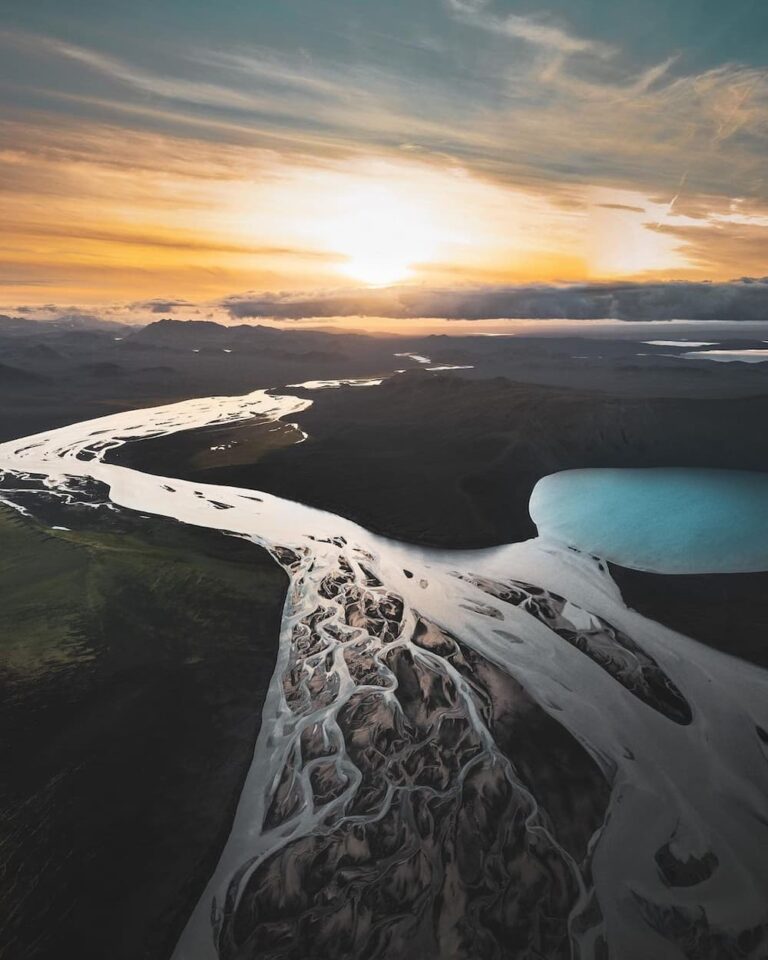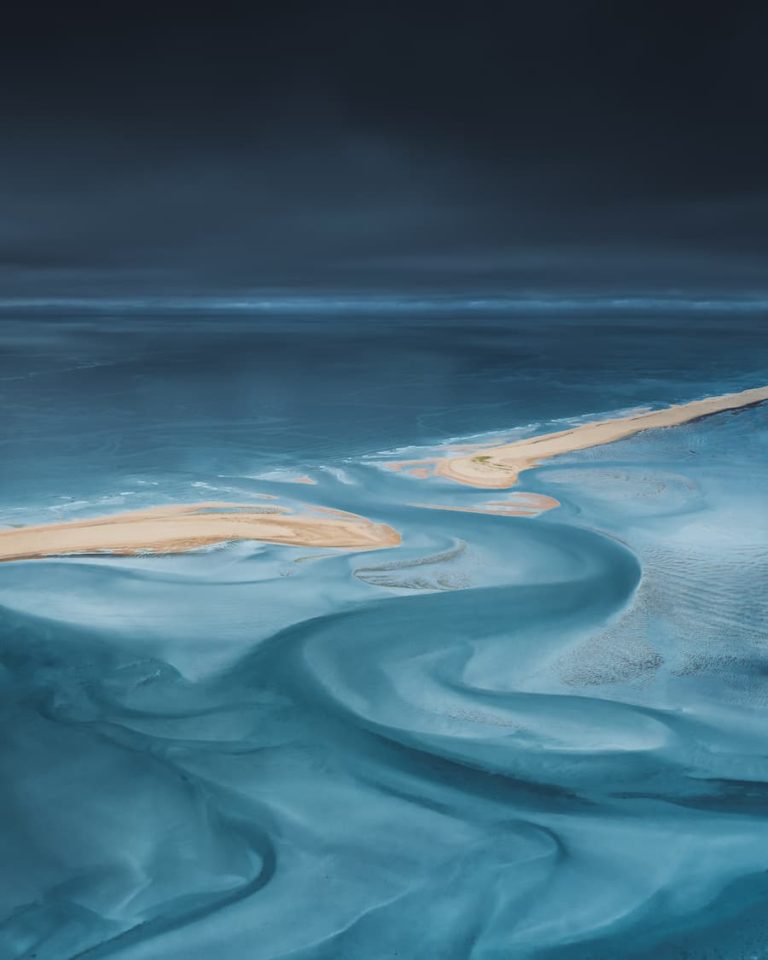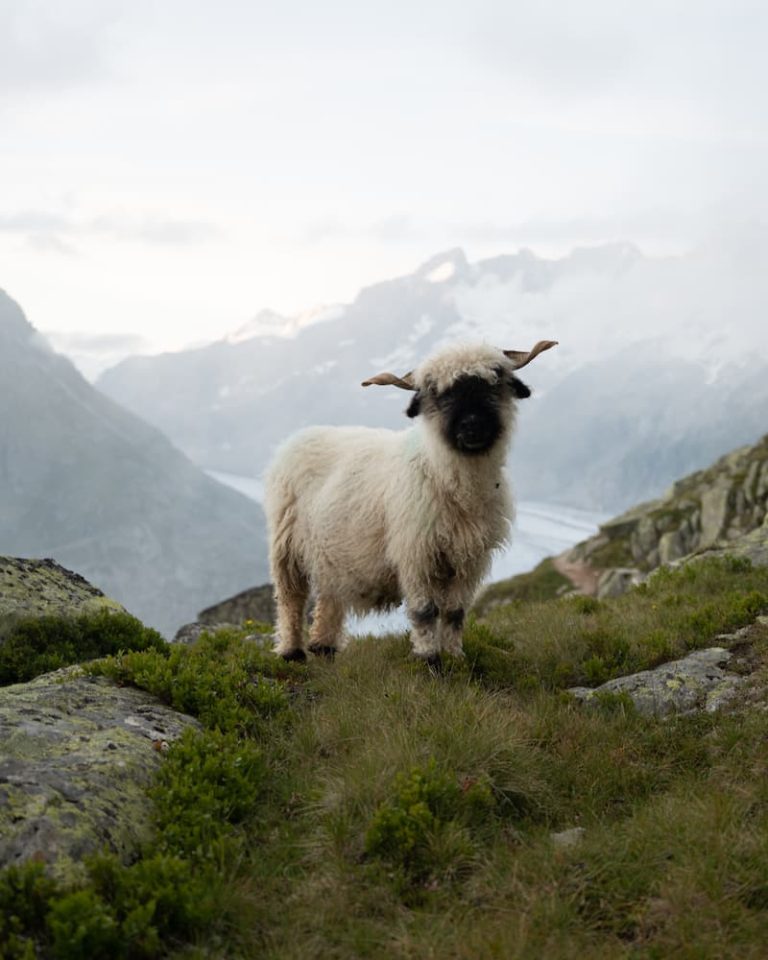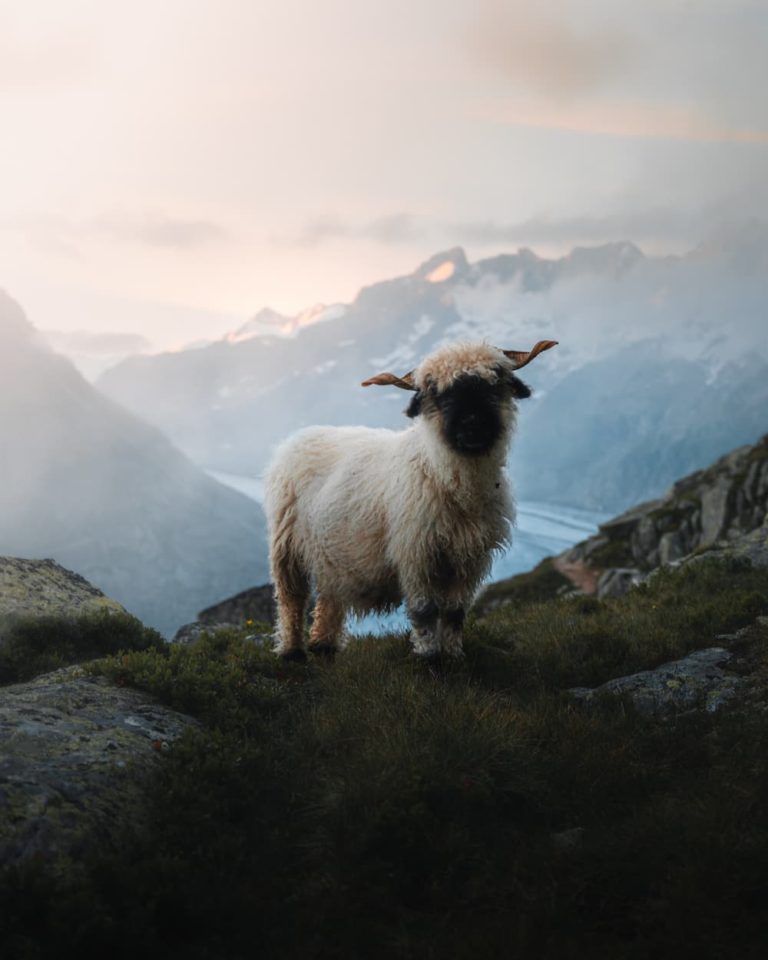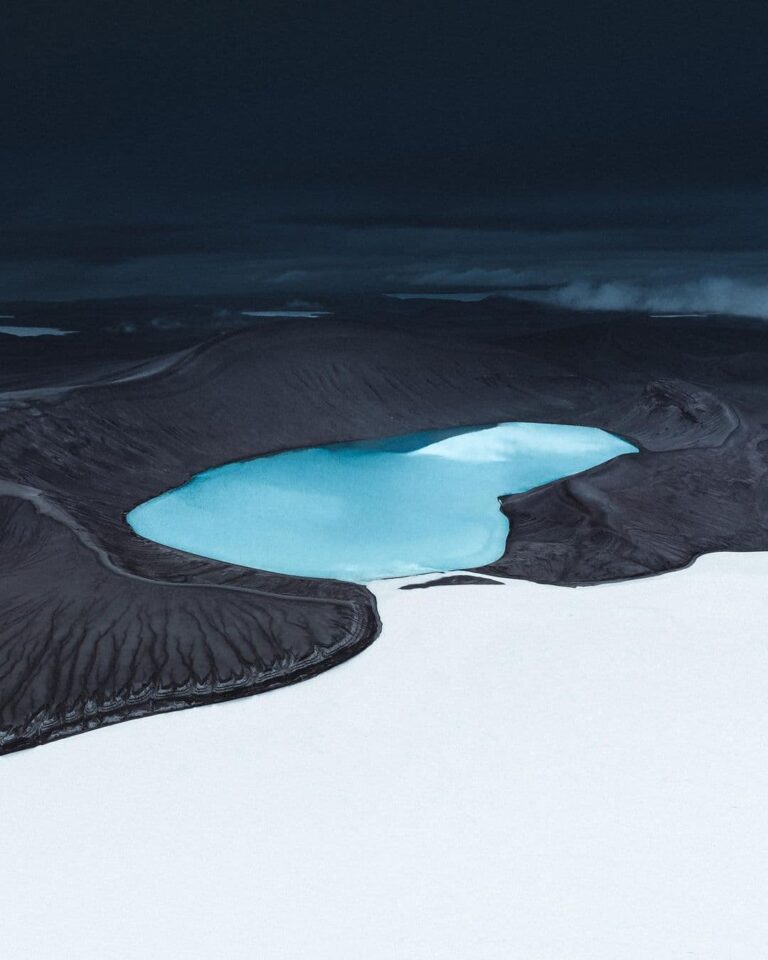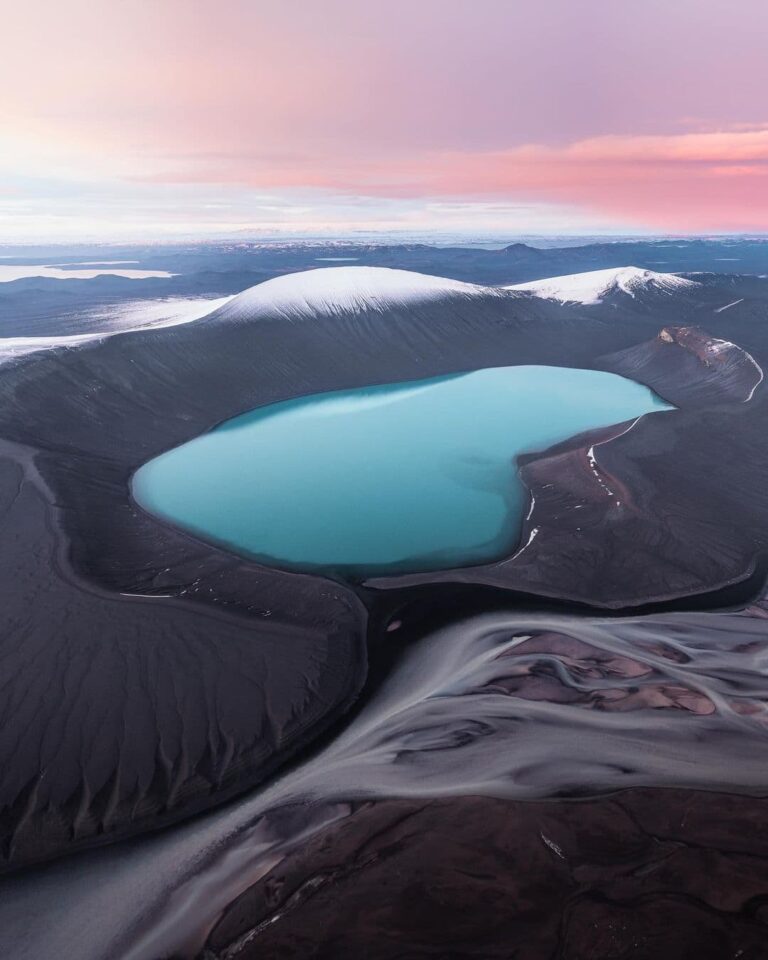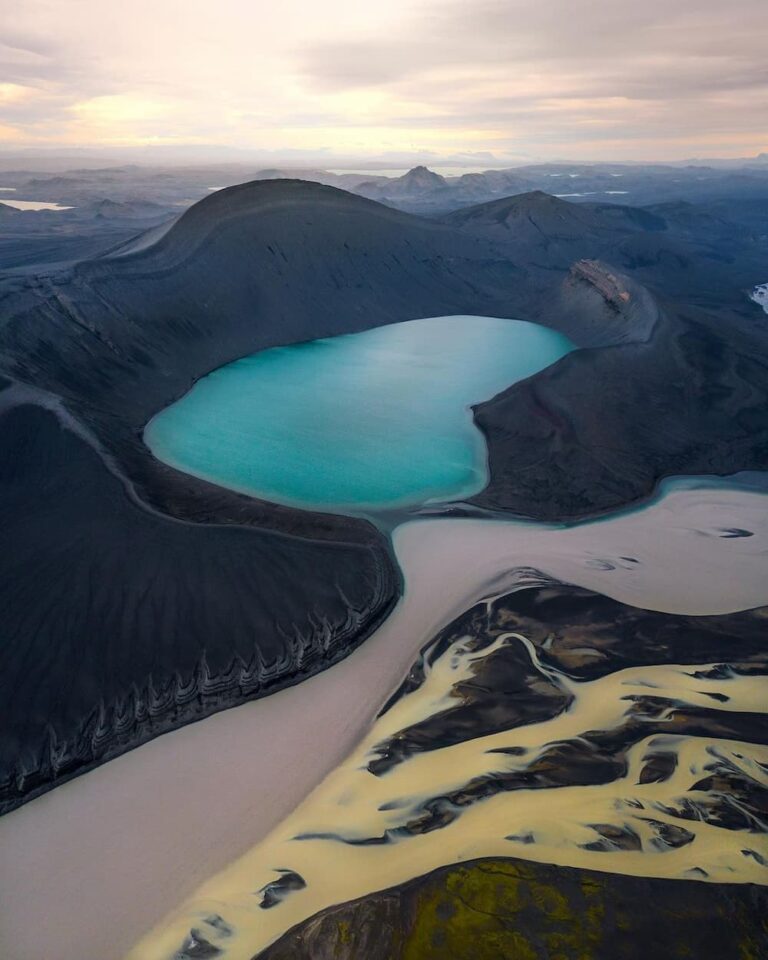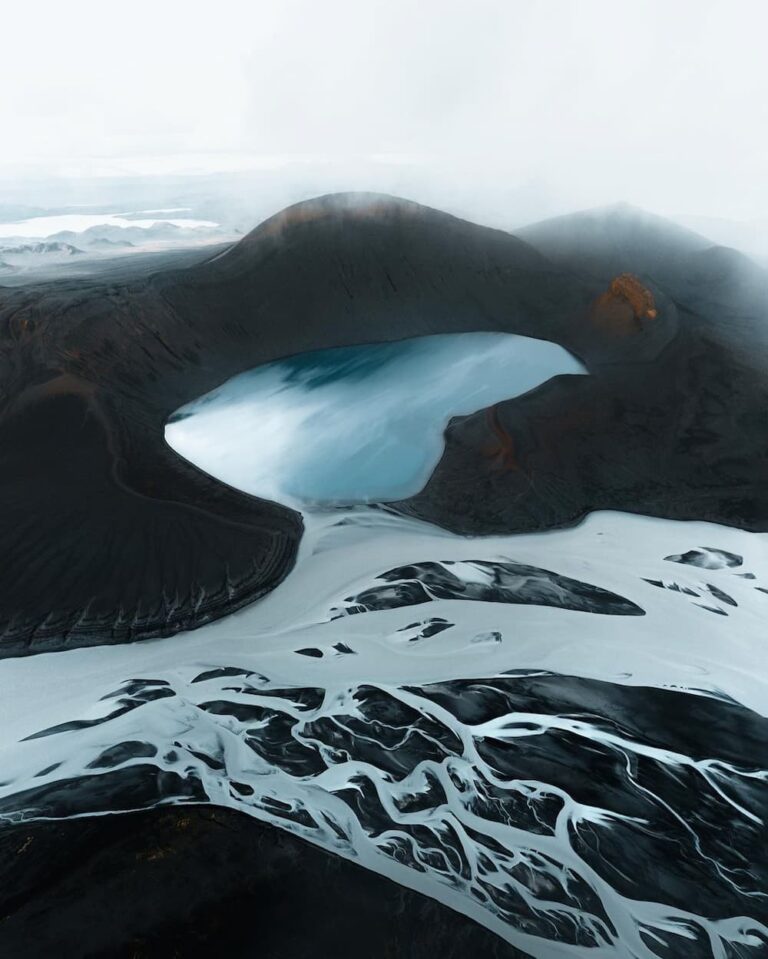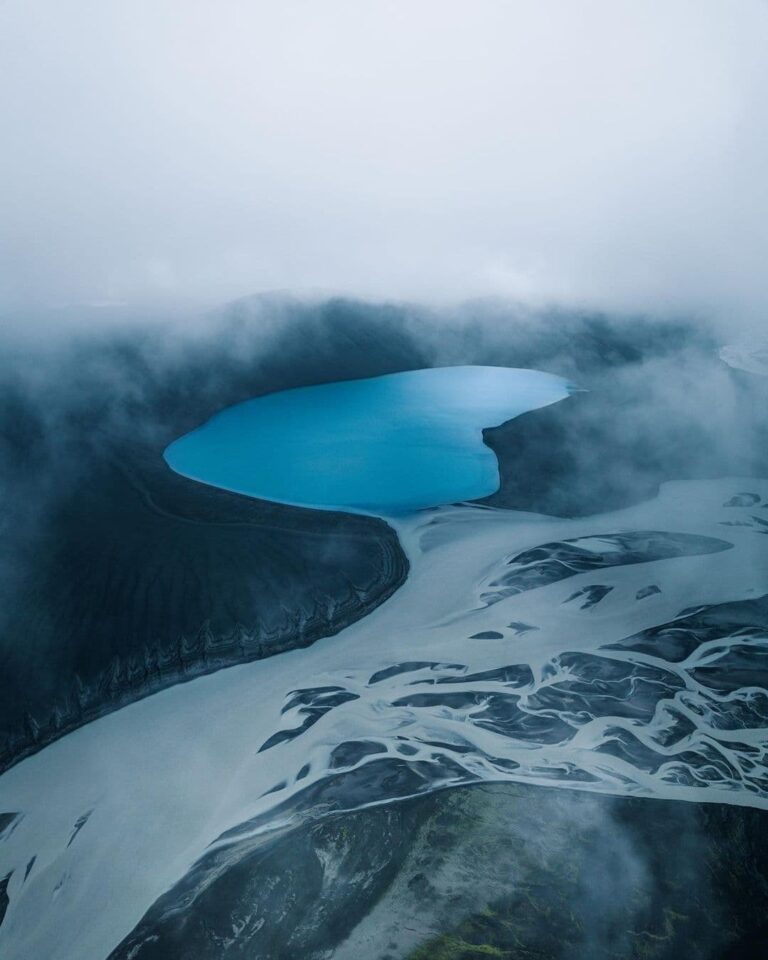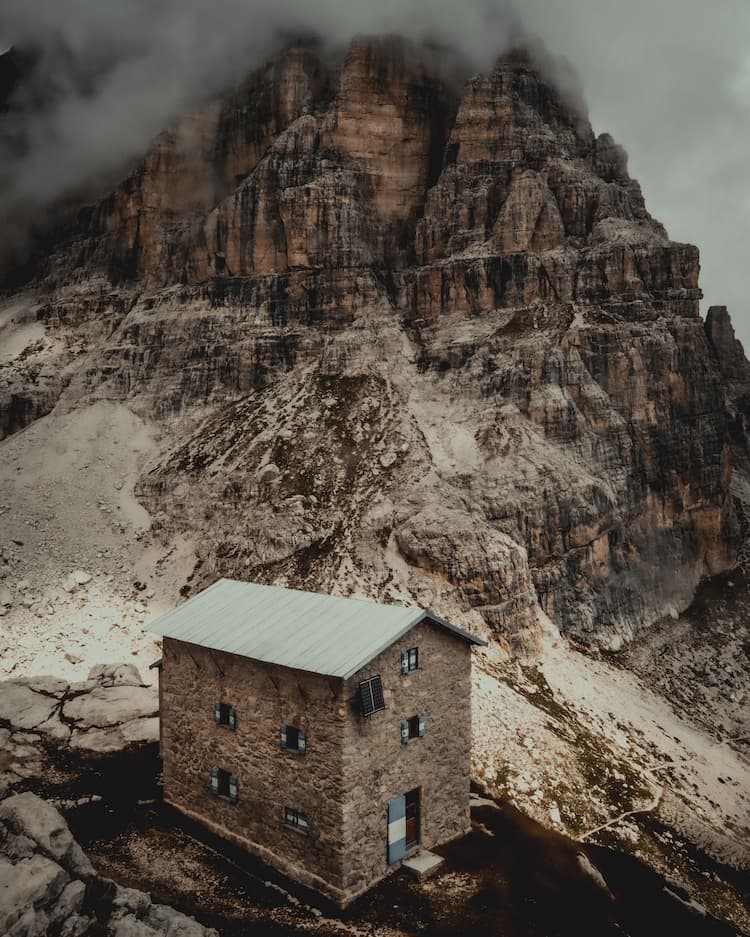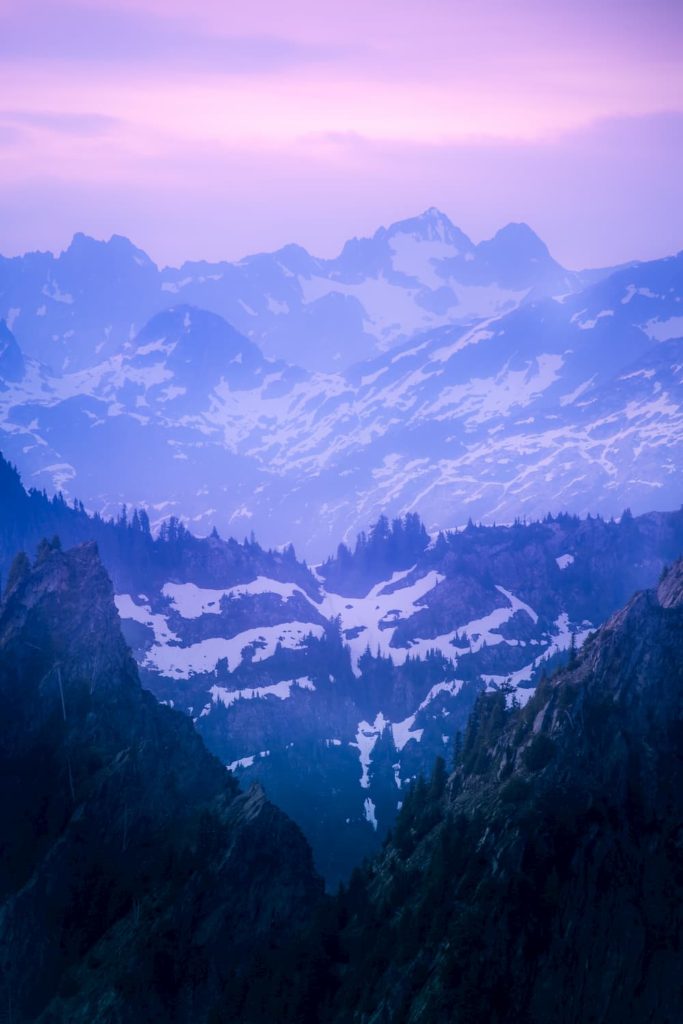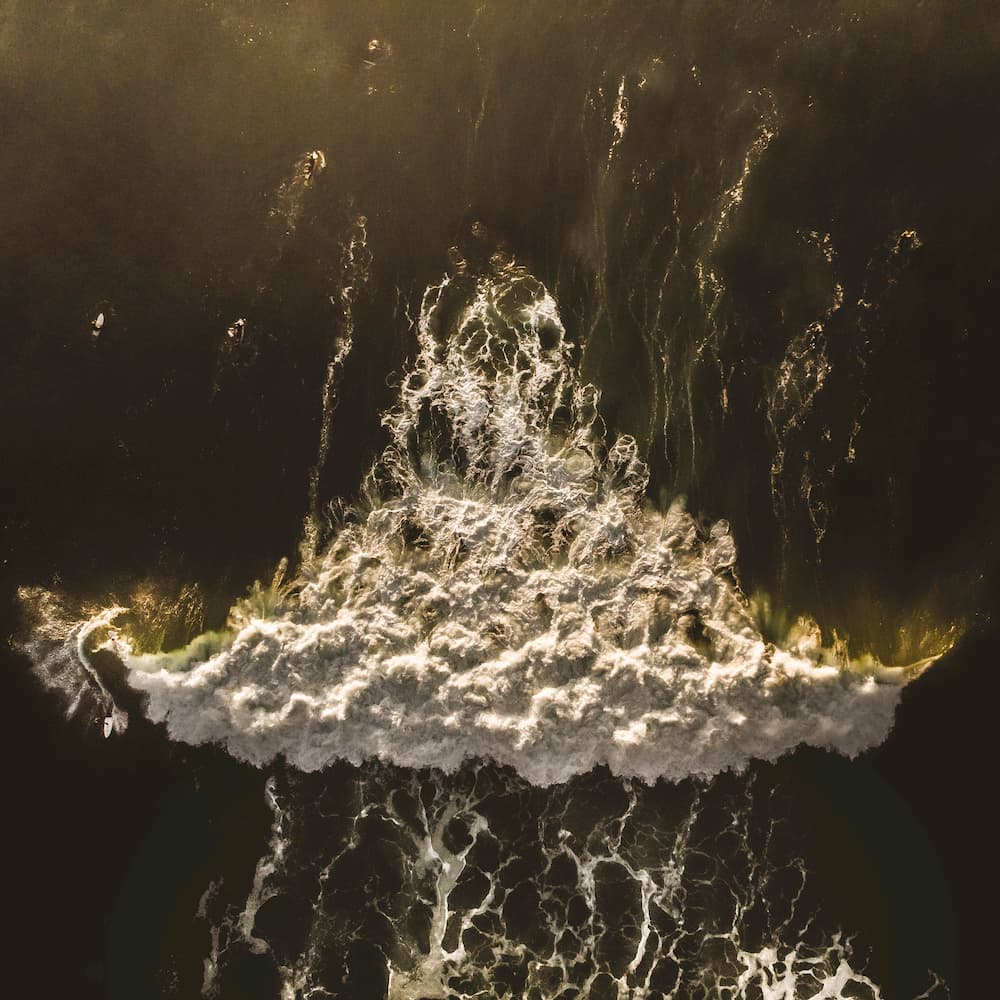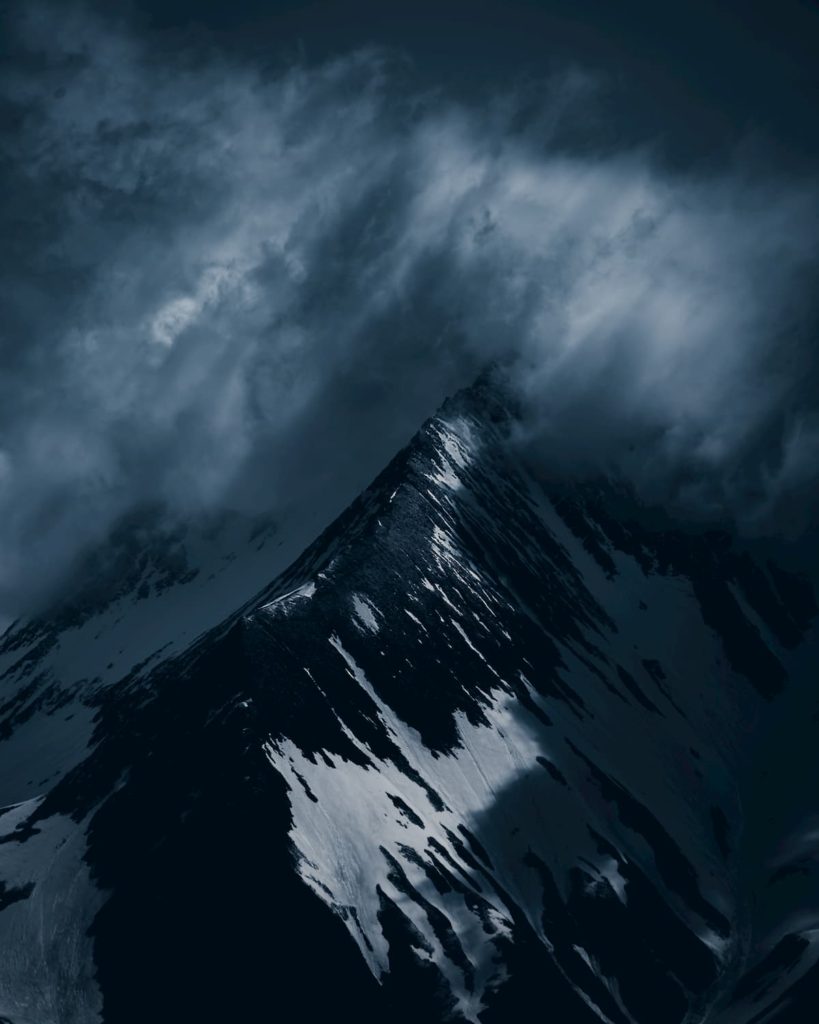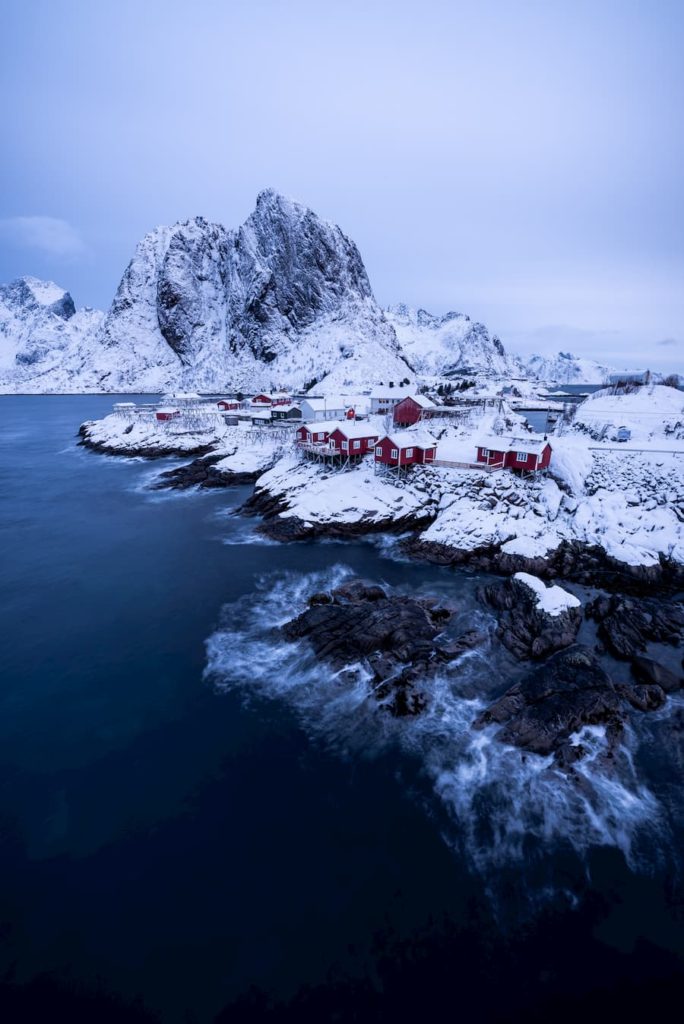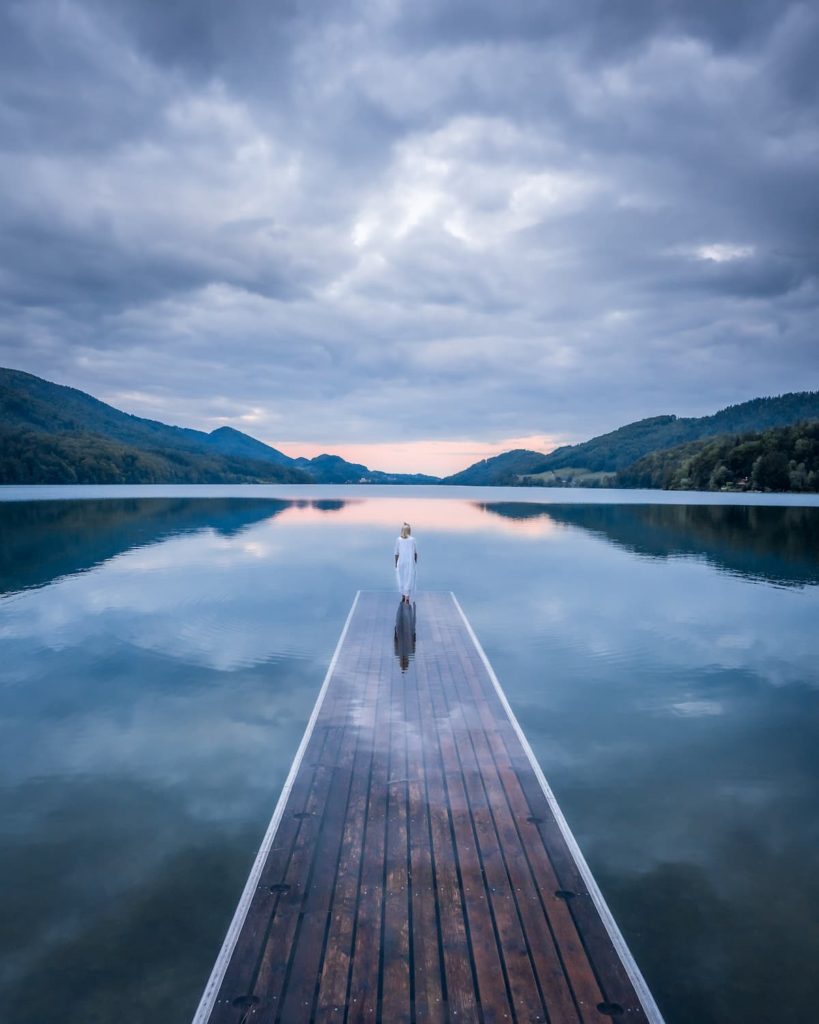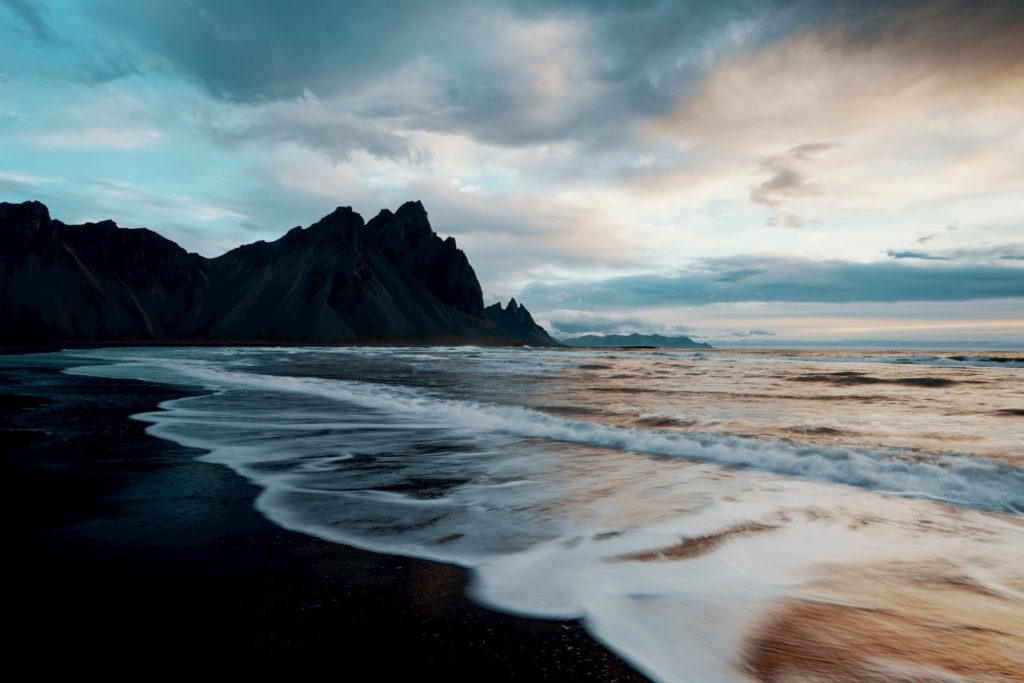
FIVE TALENTED PHOTOGRAPHERS SHARE THEIR INSIGHTS INTO CREATING AESTHETIC PHOTOS WITH A WELL-BALANCED COMPOSITION, ADDING THEIR SIGNATURE STYLE
1) Understand the golden ratio and the rule of thirds:
@long.explorer: A good composition is what makes photos look dynamic and aesthetic. Therefore, The golden ratio and the rule of thirds are two interesting compositional rules to start with:
The golden ratio (1.618 to 1) is everywhere in nature and can help you lead the viewer around your image in a naturally striking and balanced way. You do not need to apply any numerical calculations to use this technique. Being aware of such a pattern, trying to find it in nature, and composing your images according to the spiral arrangement can be enough at the beginning.
The rule of thirds is a simplification of the golden ratio. It is easy to visualize as our cameras and editing software can help us to use this rule. To apply this compositional rule, place two imaginary horizontal lines on your landscape, one at 1/3 and the second at 2/3. Then place two lines vertically, again at 1/3 and 2/3. As a result, you will get a grid that divides your scene into nine rectangular areas. To use the rule of thirds, place your subject at one of the intersecting points, such as the top left or right or bottom left or right. By doing so, the image becomes more aesthetically pleasing.
2) Learn how to create images composed of multiple shots and use leading lines to show vast perspectives at their best:
@hugohealy: “Some of my photos are composed of multiple shots. This technique is relevant to show vast perspectives. Similarly, the viewer is led through the frame and drawn along lines in images. By thinking about how, where, and why you place lines in your photos, you will change the viewer’s experience.”
3) Research your location and forecast the weather like a pro to take advantage of the best lighting:
@kevinpages_: Showing the vastness of a place is not easy. In Iceland, the challenge is that the locations are often subject to bad weather conditions, strong wind, rain, snow, etc. This variability makes drone flights very difficult, nearly impossible. On the other hand, these conditions help in telling unique stories. @gaukurfromiceland: Research your destinations to be at the right spot at the right time to use the light in the best possible way. Capturing the landscape with the right amount of light, or lighting different from the rest, will help you create a unique photo.
4) Keep your edits simple for higher impact
@hollow.sun: Serendipity plays a huge role in my editing process. I try to keep it simple, with few colors and a clean and minimalistic look. I use graduate filters and play with the curve tone to create harmony between the whites. I also use brushes to accentuate elements in the frame so I can guide the viewer to the main subject in the photo.
5) Understand the color theory and create a well-defined color scheme:
@long.explorer: Correcting the exposure and white balance of the image is the first thing I do. To adjust the light of the image, I then use curves and sliders.
During post-production, I always try to get similar colors and light. The grass should have roughly the same green or orange tones, and the sunlight should have the same orange colors in every photo. Also, I try to get the same brightness and fade on every image. I also add split toning to the highlights and the shadows. I try to apply the same colors for both.
After that, I try to edit the colors until I am happy with the overall style. Last, I add local adjustments to highlight the subject, darken the foreground, and remove unwanted objects. I always try to have a defined color scheme with two or three colors in my photos. That helps to get a consistent and recognizable style.
Would you like content like this sent to your inbox?
NOMADICT
ART GALLERY
THE LATEST STORIES
WRITEN WITH PASSION TO INSPIRE YOU
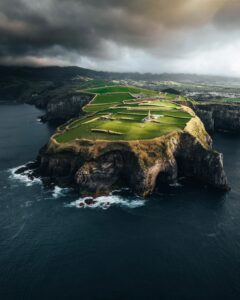
Photo tour in Azores, Portugal
Join us in the Azores for a unique photo tour, where you’ll elevate your creative skills with expert guidance from Ronald Soethje, Bruno Ázera, and Nomadict.
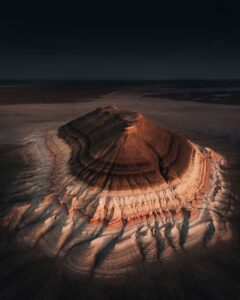
Forest Kai (@forest1kai): Photographer based in the US
In this article, Forest shares how years of chasing scale, silence, and raw landscapes shaped his approach to photography, from the deserts of Kazakhstan to the volcanic ridges of Iceland. He talks about how he uses light, texture, and vast negative space to create images that feel both intimate and overwhelming.

Simon Hechtbauer (@roamwithsimon): Best of the Week 32 at #nomadict
Simon shares the journey behind his photography, from early inspirations to field techniques, editing, and the story of the winning shot that shaped his path.
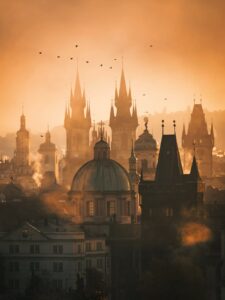
Miroslav Maršík (@miromarsik): Photographer based in Czech Republic
In this article, Miro shares how his love for cinematic music evolved into a deep passion for photography and how he uses light, color, and atmosphere to turn the streets of Prague into living film scenes.
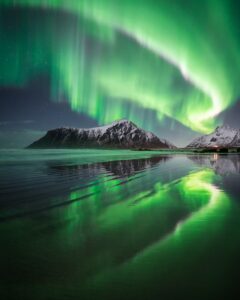
Aurora photography panorama workflow: A guide to camera settings, editing, and color
In this article, Stefanie reveals how her background in physics sparked her passion for astrophotography and how she blends science with creativity to capture the beauty of the night sky. Readers will discover her approach to color, contrast, and editing, as well as her aurora photography workflow.
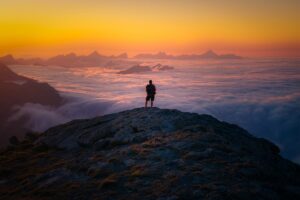
Yhabril (@yhabril): Best of the Week 33 at #nomadict
Spanish photographer Yhabril captures the profound connection between humans and the mountains that shaped him. Growing up in the Pyrenees, his work bridges outdoor sports, landscapes, and celestial scenes — often blending athletes, moonlight, and wilderness into striking visual stories.
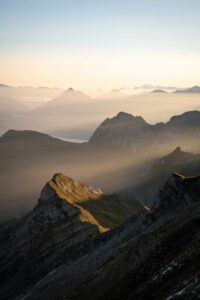
Ariane Totzke (@besondersschwierig): Photographer based in Switzerland
In this article, Ariane shares how photography helped her navigate personal challenges, connect authentically with people and animals, and develop a philosophy rooted in empathy and artistic freedom. Readers will also discover her ethical approach to wildlife photography and her trusted equipment for both camouflage techniques and cameras.
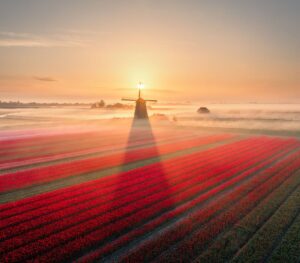
How to photograph Dutch tulip fields: A guide to light, gear, composition, and colors
Discover how to photograph Dutch tulip fields in their most magical light. From choosing the right gear and lenses to mastering composition, color, and aerial perspectives, this guide shares creative techniques to capture the beauty of the Netherlands’ tulips. Learn how light, color grading, and proportion bring emotion into every frame.
